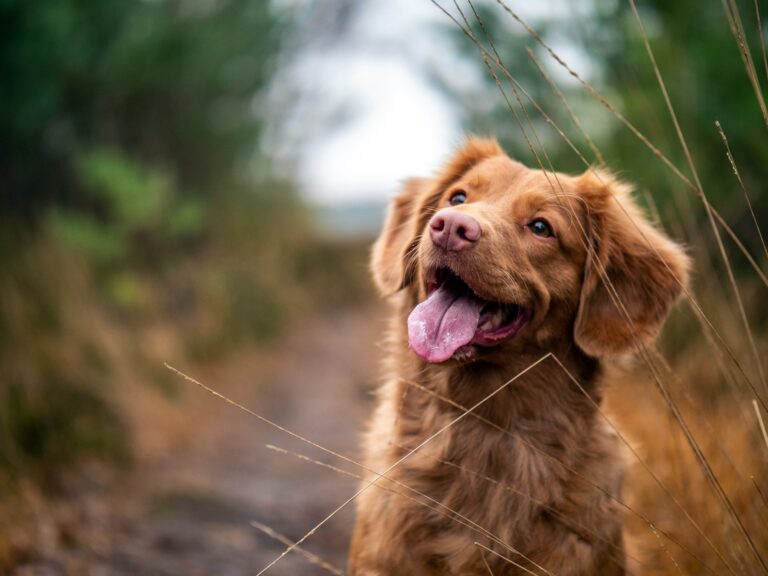As winter blankets the surroundings in a chilly embrace, our furry companions are ready to frolic in the snow. While the winter season brings joy, it also demands extra care for your pets. Whether you’re navigating frosty walks or cozy indoor moments, this guide provides essential tips to ensure your pet’s well-being during the cold months.
1. Warm Indoor Spaces: Create a snug corner for your pet indoors. Ensure their bed is away from drafts and provides a warm haven. Consider cozy blankets and elevated beds to shield them from cold surfaces.
2. Shorter Outdoor Walks: While winter strolls are delightful, be mindful of the cold’s impact on your pet. Puppies, seniors, and smaller breeds may have lower tolerance levels. Keep walks shorter, considering your pet’s age and breed, and explore playful indoor alternatives.
3. Visual Vigilance: In snowy landscapes, dogs may easily get disoriented. Maintain visual contact, especially in open snowy fields. Equip your pet with a visible identification collar and leash. For dogs less responsive to recall commands, it’s safer to keep them leashed.
4. Paw Protection: A dog’s paws are susceptible to cold and abrasions from snow and salt. Introduce your pet to protective footwear, such as booties, to shield their paws. This prevents injuries and discomfort during winter walks.
5. Hydration Awareness: Even in colder weather, hydration is key. Bring unfrozen water during outdoor excursions. Refrain from allowing your pet to consume snow, and be cautious of antifreeze, as it can be toxic. Clean their paws thoroughly if they come in contact with antifreeze.
6. Post-Walk Grooming: After walks, especially in snowy or rainy conditions, ensure your pet is thoroughly dried. Use a hairdryer if needed, as damp fur in cold weather can lead to discomfort and health issues. Check their paws for any signs of injury or irritation.
7. Paw Cream for Protection: Invest in a paw repair cream specially designed for dogs. Apply it to their paw pads, especially if they show signs of cracks or superficial wounds. This offers protection against the harsh winter elements.
8. Coat Maintenance: Avoid trimming your pet’s coat too short during winter, as their fur provides insulation. Regular brushing helps stimulate blood flow, keeping their coat healthy. For dogs that feel the cold, consider pet-friendly sweaters or jackets during outdoor activities.
9. Tailored Diet: Adjust your pet’s diet according to their activity levels during winter. Dogs burn more calories to generate heat, so monitor their weight and adjust their food intake accordingly. Consult your vet for personalized dietary recommendations.
10. Special Care for Vulnerable Dogs: Small breeds, short-haired dogs with thin bodies, puppies, seniors, and sick dogs may need extra protection. Consider pet clothing designed for warmth and comfort, available in various styles and sizes.
Conclusion: Winter care for your pet involves a combination of thoughtful preparation, vigilance during outdoor activities, and attentive post-walk routines. By following these tips, you can ensure your furry friend stays healthy, happy, and comfortable throughout the winter season. Whether they’re curled up indoors or playing in the winter wonderland, your pet will appreciate the extra care you provide during the colder months.



